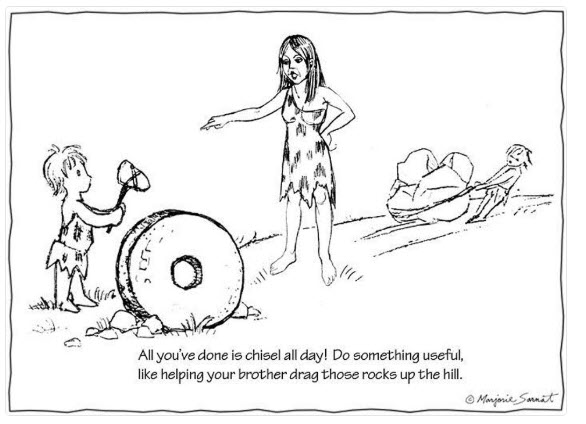No need to bother: Not on your life. (Truth be told, we meant it only as a mind-expanding thought experiment; we’re nothing if not realistic about law firms’ decision-making.)
But back to talent, and continuing with our theme that Law Land could pick up a few tricks from Corporate Land, which often has been there already:
Identifying and quantifying the value of the most important roles in an organization is a central step in matching talent to value. These critical roles generally fall into two categories: value creators and enablers. Value creators directly generate revenue [and] increase [financial and human] capital efficiency.. Value enablers, such as leaders of support functions like cybersecurity or risk management, perform indispensable work that enables the creators. These roles are often in counterintuitive places within the organization. Typically, companies that consciously set out to pinpoint them find about 60 percent are two layers below the CEO, and 30 percent are three layers or more below the CEO.
The ability to achieve true role clarity is closely tied to overall organizational performance and health, according to McKinsey research. In the pursuit of such clarity, it is critical to think first about roles rather than people. The initial goal is assessment of where the greatest potential value is and what skills will be necessary to realize that value—not identification of the top performers. This approach allows leaders to think more strategically about matching talent and value rather than merely focusing on an individual’s capabilities. (emphasis supplied) [Id.]
Let’s consider another high-performance professional services organization: Goldman Sachs. Their “value creators” are obviously the investment bankers on the front line out in the market meeting with customers, analysts, investors, governments, and others, and the traders.
But the “value enablers?” Today technology is almost synonymous with “enabling” value: Enabling real-time collaboration, serving up transparency, delivering just-in-time information, making mobile and “agile” work possible, and if AI lives up to one-tenth of some of the hype surrounding it, transforming what lawyers do and what skills they will need to bring to bear. With that premise, what percentage of your firm’s staff are engineers? (You can keep that to yourself for a moment.) The percentage at Goldman Sachs is over one-quarter and “that’s likely to keep growing.” according to a Bloomberg interview late last year with Harvey Schwartz, at the time President and co-COO.[Note 3]
Does Goldman know something you don’t?
More seriously, when you invoke the “war for talent” as a priority for your firm, your partners, and your professional staff, are you casting a wide enough net? It’s not all about the rainmakers.
Note 1: Available at: https://www.mckinsey.com/business-functions/organization/our-insights/attracting-and-retaining-the-right-talent
Note 2: Available at: https://www.mckinsey.com/business-functions/organization/our-insights/linking-talent-to-value
Note 3: Available at: https://www.bloomberg.com/news/articles/2017-10-24/goldman-presidents-take-turns-touting-firm-s-shifting-workforce



